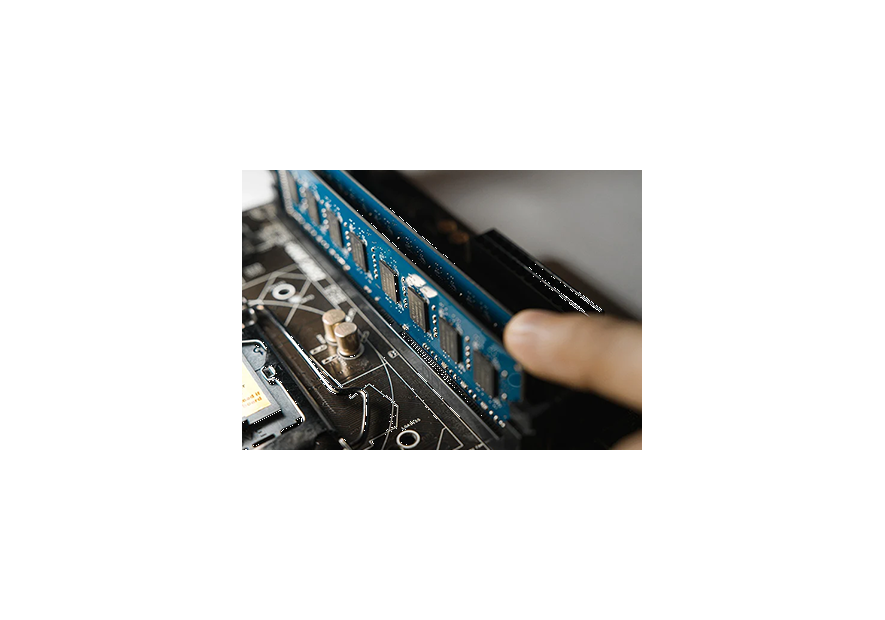Understanding Cache Memory In Ram

In the dynamic realm of computer architecture, understanding the intricacies of memory management is crucial. Among the key players in this domain, cache memory stands out as a silent hero, enhancing the speed and efficiency of our computing devices. In this blog, we will delve into the fascinating world of cache memory within RAM, unraveling its significance and impact on overall system performance.
The Basics: What is Cache Memory?
Before we dive into the specifics of cache memory within RAM, let's establish a foundational understanding. Cache memory is a small-sized type of volatile computer memory that provides high-speed data access to a processor and stores frequently used computer programs, applications, and data. The primary purpose of cache memory is to serve as a temporary storage space for frequently accessed or recently used data, allowing the CPU to access this information quickly without having to fetch it from the slower main memory.
Levels of Cache Memory
Cache memory is organized into multiple levels, each playing a distinct role in the memory hierarchy. The most common levels are L1, L2, and L3 caches.
- L1 Cache: Located directly on the CPU chip, the Level 1 cache is the smallest but fastest cache. It stores a small amount of data and instructions that are immediately required by the CPU. Due to its proximity to the processor, the L1 cache has the lowest latency.
- L2 Cache: Positioned between the L1 cache and the main memory, the Level 2 cache is larger in size and slightly slower than L1. It acts as a secondary storage for frequently accessed data and instructions.
- L3 Cache: This cache level is shared among multiple processor cores within a system. It is larger in size compared to L1 and L2 caches and helps facilitate data sharing between different cores.
Cache in RAM: A Symbiotic Relationship
Now, let's focus on the cache memory nestled within RAM, enhancing the performance of the entire system. When your computer needs to access data, it first checks whether the required information is present in the cache memory. If the data is found, this is known as a cache hit, and the CPU can access the data much more quickly than if it had to retrieve it from the main memory (RAM). On the other hand, if the data is not in the cache, a cache miss occurs, and the CPU must fetch the required information from the slower RAM.
The cache in RAM operates on a principle known as spatial and temporal locality. Spatial locality refers to the tendency of a computer to access memory locations that are near each other, while temporal locality involves accessing the same memory locations repeatedly over a short period. The cache exploits these patterns to ensure that frequently accessed data is readily available.
Cache Management Strategies
Several strategies are employed to manage cache memory efficiently. One common technique is caching algorithms, such as Least Recently Used (LRU) and First-In-First-Out (FIFO), which determine how and when data is replaced in the cache. Additionally, write policies dictate how data is written to the cache and, eventually, to the main memory.
The Impact on System Performance
The inclusion of cache memory within RAM significantly impacts the overall performance of a computer system. By reducing the time it takes for the CPU to access frequently used data, cache memory helps mitigate the speed difference between the processor and the main memory. This results in faster data retrieval and improved system responsiveness.
Conclusion
In conclusion, cache memory within RAM plays a pivotal role in optimizing the performance of modern computing systems. Its ability to store frequently accessed data close to the processor ensures that the CPU can operate at peak efficiency. As technology continues to advance, understanding the nuances of cache memory becomes increasingly crucial for developers, system architects, and anyone seeking to unravel the mysteries of computer memory management. With cache memory as our ally, we can unlock the full potential of our computing devices, propelling us into a future of faster and more responsive systems.



